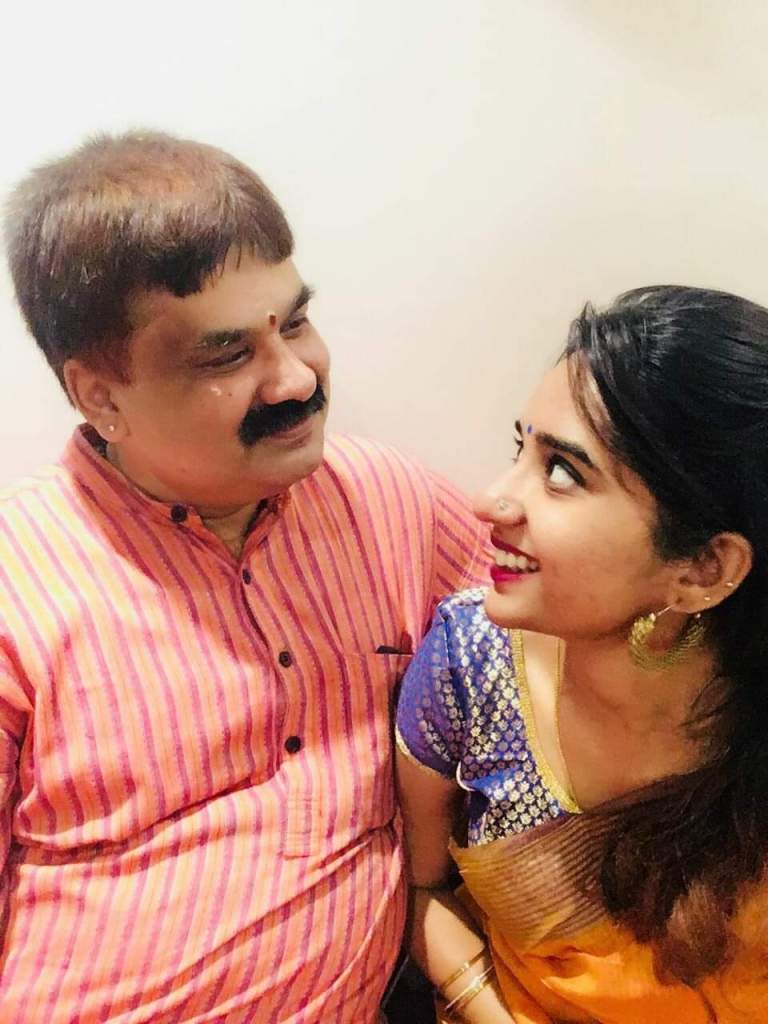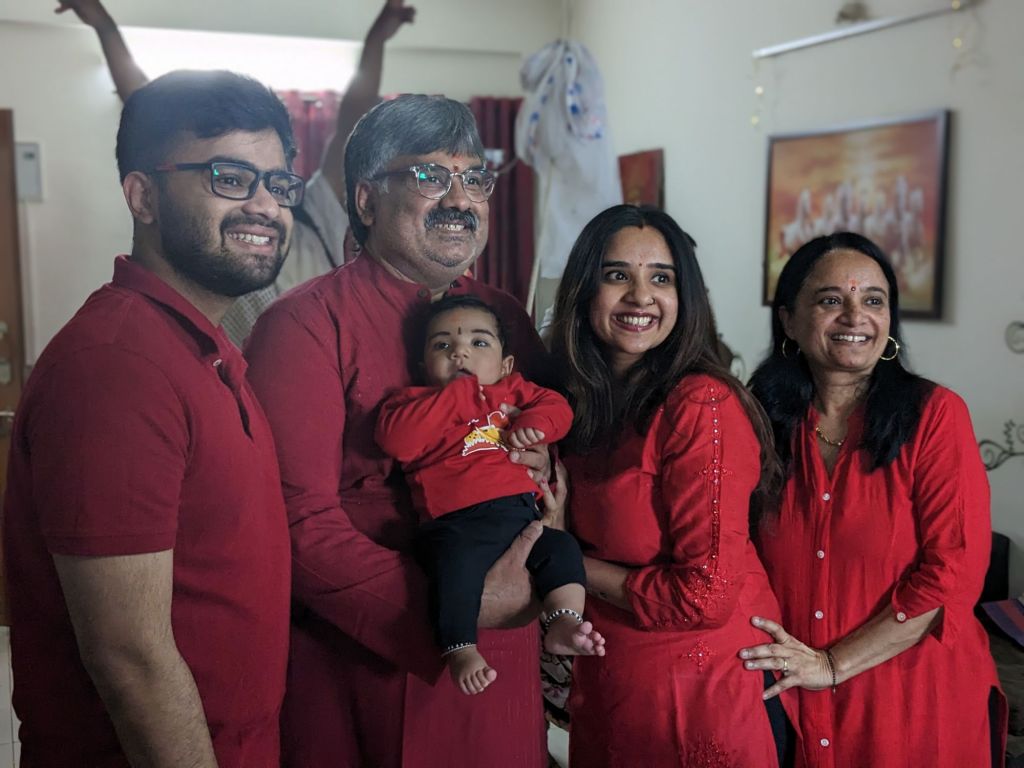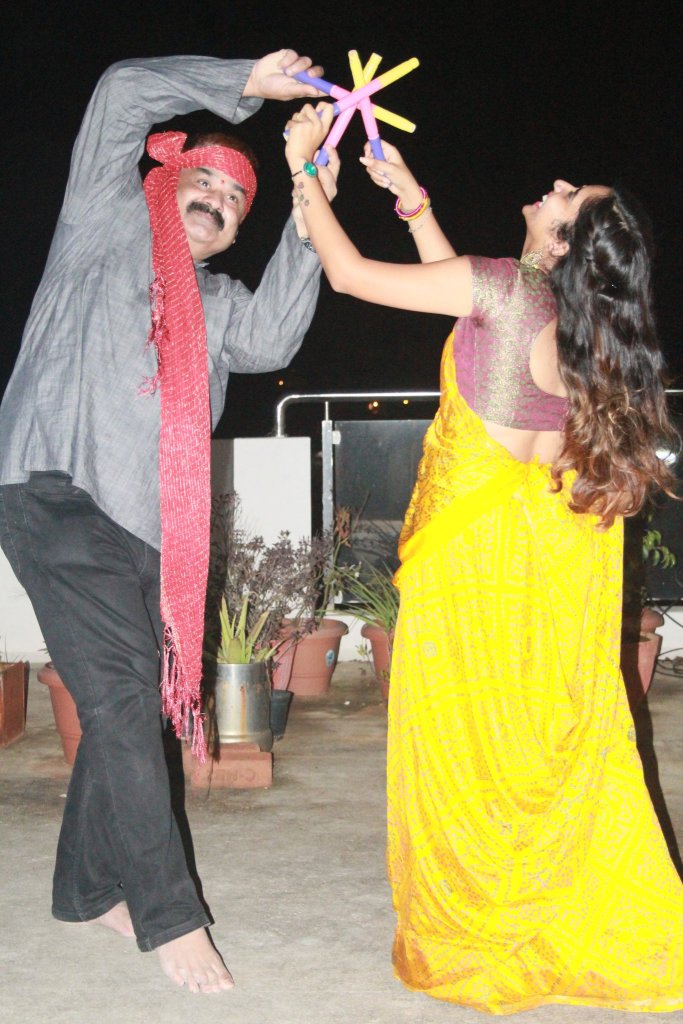On a personal visit for a Upanayana Function in Mysuru, we decided to explore some Devalayas enroute and what we discovered was far more than what we had bargained for. This 5 part piece has common introduction including this paragraph and you can access details of those temples here by clicking the appropriate links:
- Kengal Anjaneya Swami Temple, Kengal
- Sri Aprameya Swamy Temple (Ambegal Krishna), Malur, Channapatna
- Shri Sri Hole Anjaneya Swamy Temple & Sri Varaprasada Srinivasa Madhwacharya Temple, Maddur
- Sri Ugra Narasimha Swamy Temple, Maddur
- Sri Vaidyanatheshwara Gudi, Maddur (this article)
Sri Vaidyanatheshwara Gudi
The temple about 10 minutes drive (4 kms) from Bengaluru-Mysuru Expressway and is located in Vaidyanathapura, Maddur (80 kms from Bengaluru & about 65km from Mysuru). The 12th Century (please read further in the article which casts doubt on the antiquity) temple dedicated to Bhagwan Shiva in the form of Vaidyanatheshwara (Literally meaning Medical Doctor) in the form of snake, is situated on the bank of River Shimsa, a tributary of River Kaveri.
Legend as explained to us by the locals and also supplemented by Shri Shanmukahsundara Deekshit (the Archaka of the temple) has it that a cow at a particular time everyday used to visit an Anthill below a Bilva Tree, release milk on it from her udder as if it was performing Abhisheka. The Villagers began noticing this strange phenomenon with awe and being devout worshippers of God, began performing Milk Abhisheka themselves regularly. One auspicious day, Bhagwan Shiva appeared in the dreams of the village chieftain that He was pleased with the worship and indicated that he was residing inside this anthill. At appropriate He promised that He will appear in the open and will cure illness of all devotees, especially those who suffer from illness of skin, who sincerely worship Him in this temple. It was those days when there was no formal doctors and it was elders with their experience and limited knowledge of herbs and roots who treated the sick.
On a heavy rainy day, the Anthill disintegrated and as promised by Bhagwan Shiva He emerged from within, in the form of Shiva Linga. There is another version that the sentries of the reigning king broke the anthill and a bleeding Shiva Linga emerged. Either way, the Deity here is a Swayambhu (Self-Manifested).
Over a period of time a temple was built around this Anthill and Shiv Linga and worship continued. According the locals, based on Archaka family’s word of mouth, this Shiva Linga has been worshipped for more than 2000 years in the same place, which is quite credible. It the temple built around it that maybe of later period, based on the architecture which is distinctly of Ganga-Nolamba period, making it about 900 years old.
Worship of Bhagwan Shiva continued and it was said that anyone falling sick, even those terminally sick, visit the temple on four Mondays, take bath in the Shimsa river and wearing wet clothes, offer prayers to the Lord by offering Archana and Abhisheka sevas. On culmination of the sevas, Bhakta will be given sand from the Anthill & herbs and roots as prasad which mix in the drinking water and consume. The belief is that the divine energy of the sand from Anthill turns this concoction into a divine medicine curing the diseases.
Considering other temples of the era, this temple is not that large but follows typical architectural characteristics of Ganga Architecture – A Navaranga (main assembly hall) leading to a Sabha Mantapa (assembly hall) and then Mukti Mantapa (hall of learning, especially where Vedas or other scriptures are learnt) before leading to Garbha Griha (Sanctum sanctorum). The Navaranga in Shri Vaidyantha Gudi has 4 ornate pillars that divides this square into Nine areas (Nava = Nine; Aranga = arena/stage). Garbha griha has Shiva Linga seated under a seven hooded snake raising its hood serving as a shelter to the head of the Shiva.
Another unique feature in this temple is Nandi’s position. The Divine Bull, Nandi is situated on the left hand side of the Deity so that devotees view are not blocked. Generally Nandi is located right in front of Bhagwan Shiva. It is believed that there still lives a Serprent inside the sanctum sanctorum that energizes the pratishta but also offers protection to all Devotees who offer prescribed sevas sincerely.
The Main Assembly Hall (Navaranga) has many Deities – prominent among them Shri Ganesha, Shri Lakshmi, Shri Saraswati, Shri Shanmukha, Shri Bhairava and two Shiva Lingas – Edahari (spout of Linga towars left) known as Shri Pataleshwara and Balahari (spout of Linga towards right) known as Shri Maruleshwara. A disputed fact is the murti of Parasurama. Though everyone believes and many of online literature found and Archaka also endorsing it saying it is Parashurama. However archeological records and the iconography indicates it is most likely to be Shri Harihara. Author humbly submits that this assertion could be wrong too.
In the next precincts there are Upadevalayas for Shri Suryanaraya Swami, Shri Parvati Ammanavaru, Chandikeshwara and other deities.
Temple Timings
07.30 AM to 01.30 PM
04.00 PM to 08.00 PM.
Contact number of the Priest:
Shri Shanmukahsundara Deekshit : +91 9945100054
Click here for driving directions and Google map Location to the temple
Om Namah Shivaya

























